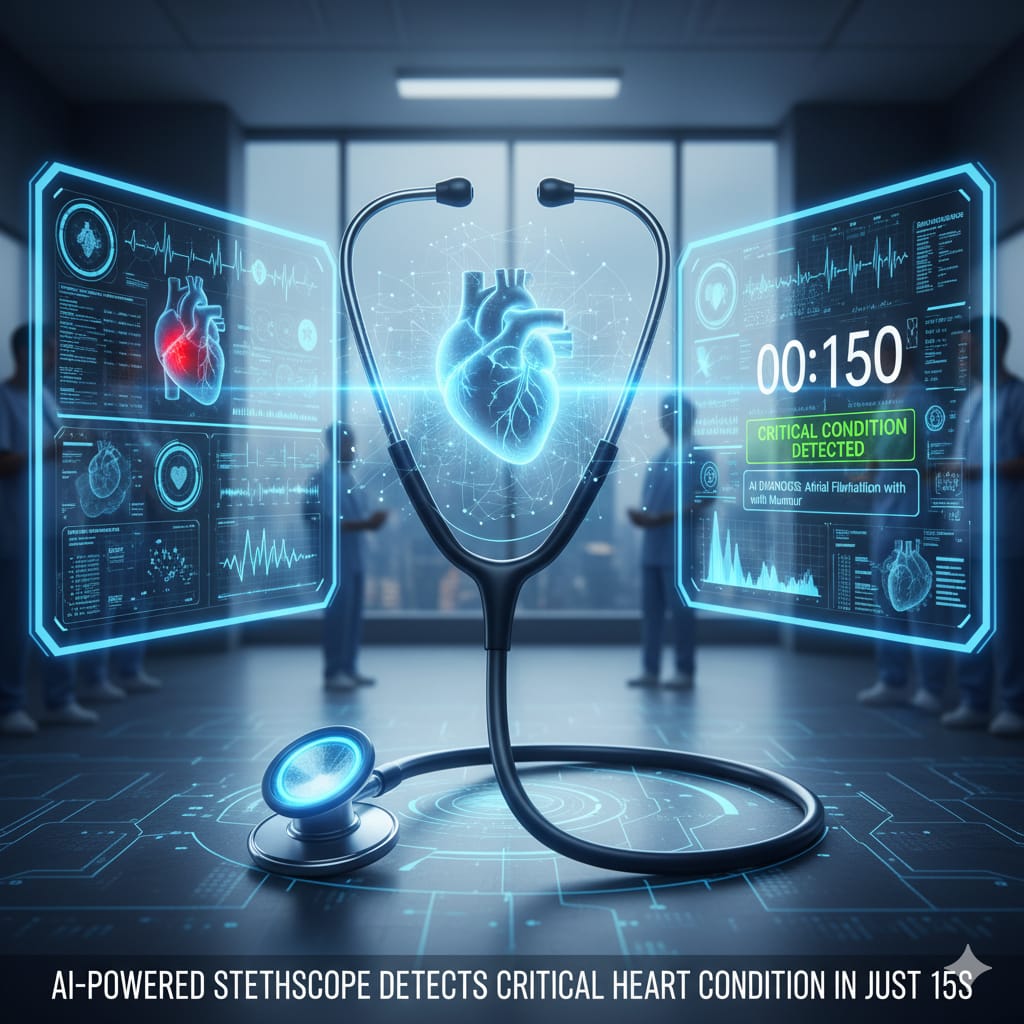Introduction to AI and Automation in Business
Artificial Intelligence (AI) and automation have become pivotal forces in transforming business operations across industries. From streamlining workflows to enhancing decision-making, these technologies bring substantial value by increasing efficiency and mitigating risks. A key area where AI and automation significantly impact businesses is cybersecurity. In recent years, the escalation of ransomware attacks has posed a critical threat, disrupting operations and causing severe financial damage. Leveraging AI-enhanced threat detection platforms offers a promising solution to these challenges.
AI-Powered Threat Detection: A New Paradigm in Cybersecurity
Traditional cybersecurity measures often struggle to keep pace with rapidly evolving cyber threats. AI-powered platforms, however, utilize machine learning algorithms and real-time data analysis to detect anomalies and potential ransomware attacks more effectively than conventional systems. These AI systems continuously learn from patterns to identify malicious activities early, enabling faster response and mitigation.
Real-World Application: AI Stethoscope Breakthrough in Early Detection
In a remarkable leap for AI in healthcare, researchers at Imperial College London and the Imperial College Healthcare NHS Trust have unveiled an AI-powered stethoscope—a device the size of a playing card, capable of diagnosing heart failure, atrial fibrillation, and heart valve disease within just 15 seconds. Integrated into the TRICORDER study and published in the BMJ, this technology was trialed on over 12,000 symptomatic patients and demonstrated superior diagnostic accuracy compared to traditional methods. Patients examined with this AI stethoscope were twice as likely to be diagnosed with heart failure and valve disease, and 3.5 times more likely to be diagnosed with atrial fibrillation (source).
This innovation exemplifies how AI can revolutionize medical diagnosis—not merely as an assistant but as an enabler of early, high-precision detection that can prevent life-threatening setbacks.
Steps for Integrating AI and Automation in Business Security
Adopting AI-enhanced threat detection involves several strategic steps:
- Assessment: Evaluate existing cybersecurity infrastructure to identify vulnerability points and determine AI integration scope.
- Selection: Choose AI threat detection platforms aligned with business size, industry requirements, and technical compatibility.
- Implementation: Deploy AI tools incrementally, ensuring seamless integration with current systems and minimal disruption.
- Training: Equip IT teams with the necessary skills to manage AI systems and interpret alerts effectively.
- Monitoring and Optimization: Continuously monitor system performance and update AI algorithms to adapt to new threat vectors.
Leveraging Automation Beyond Security
Beyond cybersecurity, automation—and AI—can transform various business operations: customer service, supply chain logistics, compliance, and more. For example, automated diagnostic devices like the AI stethoscope streamline medical processes, reducing human error and enhancing throughput. Similarly, applying AI across business functions frees up human resources to focus on strategic growth and innovation.
Risks and Challenges of AI and Automation in Business
Despite the advantages, there are inherent risks in integrating AI and automation:
- Data Privacy Concerns: AI systems often require access to sensitive data, demanding robust safeguards.
- Implementation Costs: Advanced tools—and healthcare-grade devices—entail significant investment, affecting scalability.
- System Dependence: Over-reliance on AI diagnostics might lead to reduced human oversight and missed nuanced cues.
- False Positives: Rapid tools like the AI stethoscope may yield incorrect alerts, leading to anxiety or unnecessary additional testing.
Ensuring balanced adoption means reinforcing AI systems with human interpretation and oversight, rigorous validation, and appropriate integration strategies.
Business Value Generated by AI and Automation
Integrating AI provides multiple layers of value:
- Operational Efficiency: Automation accelerates workflows—e.g., diagnosing heart conditions in seconds instead of minutes.
- Cost Savings: Early detection reduces treatment delays and downstream healthcare costs.
- Competitive Advantage: Offering AI-driven services or diagnostics enhances credibility and market differentiation.
- Scalability: Deploying portable AI tools like the stethoscope allows reaching underserved areas quickly and affordably.
Ultimately, AI and automation are not just about streamlining—they're about unlocking new capabilities that redefine business and clinical value propositions.
Summary
The newly developed AI-powered stethoscope from Imperial College represents a monumental AI breakthrough, achieving diagnostic speed and accuracy previously unseen in primary care. Its ability to identify serious heart conditions within 15 seconds demonstrates the sweeping potential of AI when applied thoughtfully to augment human expertise. While the integration of AI raises challenges—costs, oversight, false positives—the tangible benefits in efficiency, patient outcomes, and competitive positioning make the case compelling. By adopting a structured implementation framework and combining AI with human judgment, businesses—and healthcare providers—can harness AI's transformative power responsibly and effectively.
[1]
References
- AI-powered stethoscope detects life-threatening heart conditions in seconds (Published September 5, 2025)

